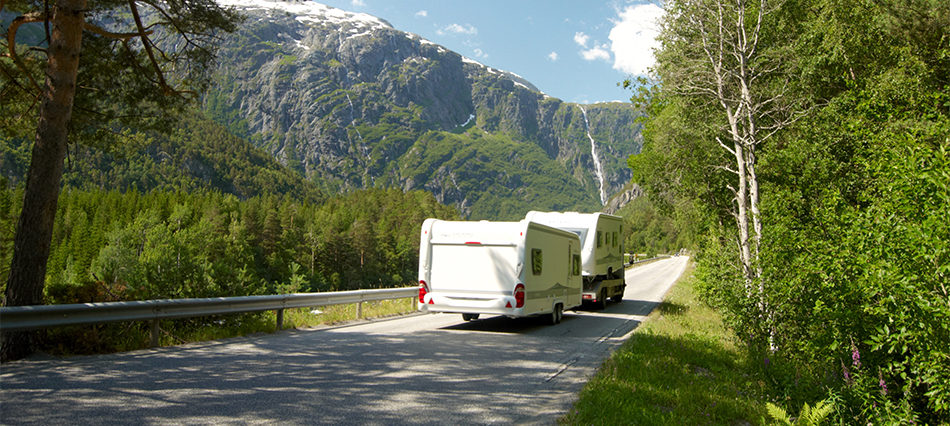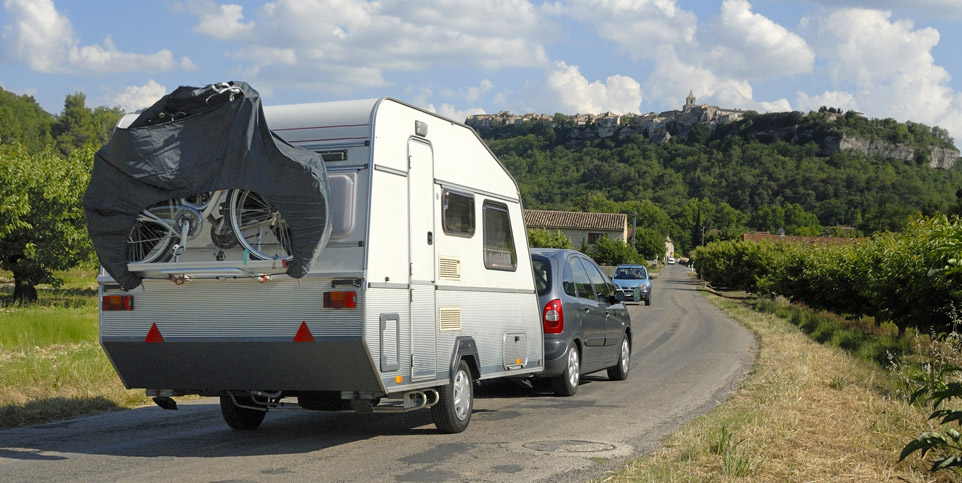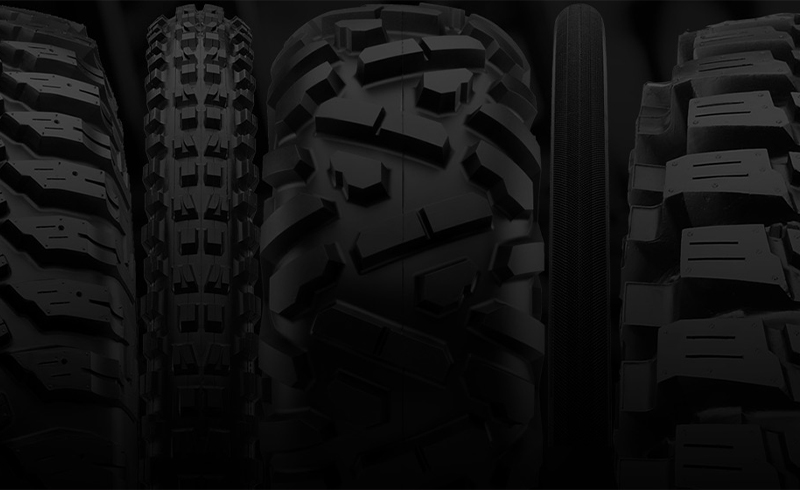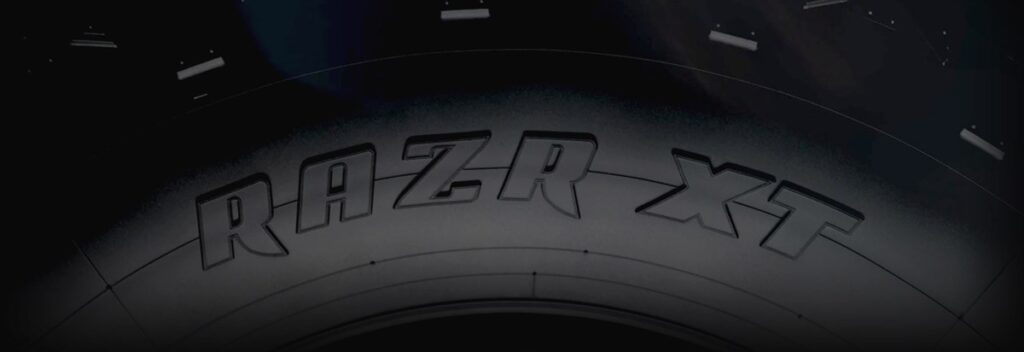Overloading and Tyre Ageing
Overloading tyres is extremely dangerous and should be avoided at all times. A poorly distributed load can also lead to overloaded tyres even when the maximum total permissible load is not exceeded. Loads should be spread evenly around the caravan and as low down as possible to maximise the stability and safety of the car and caravan combination. The police may take action against drivers who’s caravans are found to be overloaded or have a poorly distributed load.
To ensure tyres are not overloaded, it is advisable to keep the caravan operating weight below the specified maximum limit. A 10% margin will partly help to compensate for some unequal load distribution. For maximum safety and reassurance regarding vehicle weight, use a Public Weighbridge to check the load.


















